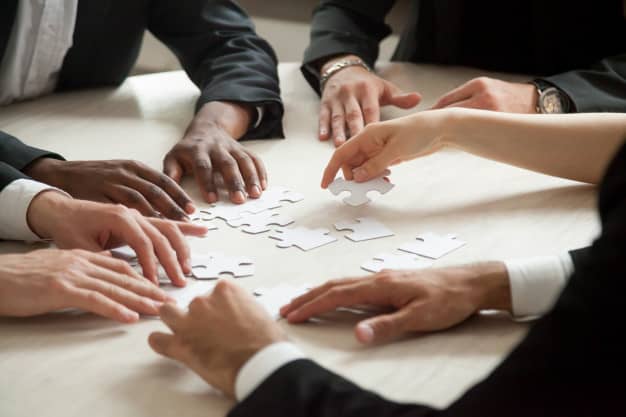What does this Department do?
Human resources is the set of individuals who make up the workforce of an organization, business sector or an economy.
«Human capital» is sometimes used synonymously with human resources, although human capital typically refers to a more narrow view; i.e., the knowledge the individuals embody and can contribute to an organization. Likewise, other terms sometimes used include «manpower», «talent», «labour»/»labor» or simply «people».
The professional discipline and business function that oversees an organization’s human resources is called human resource management (HRM, or simply HR).
From the corporate vision, employees are viewed as assets to the enterprise, whose value is enhanced by development. [1] Hence, companies will engage in a barrage of human resource management practices to capitalize on those assets.
In governing human resources, three major trends are typically considered:
- Demographics: the characteristics of a population/workforce, for example, age, gender or social class. This type of trend may have an effect in relation to pension offerings, insurance packages etc.
- Diversity: the variation within the population/workplace. Changes in society now mean that a larger proportion of organizations are made up of «baby-boomers» or older employees in comparison to thirty years ago. Advocates of «workplace diversity» advocate an employee base that is a mirror reflection of the make-up of society insofar as race, gender, sexual orientation etc.
- Skills and qualifications: as industries move from manual to more managerial professions so does the need for more highly skilled graduates. If the market is «tight» (i.e. not enough staff for the jobs), employers must compete for employees by offering financial rewards, community investment, etc.









